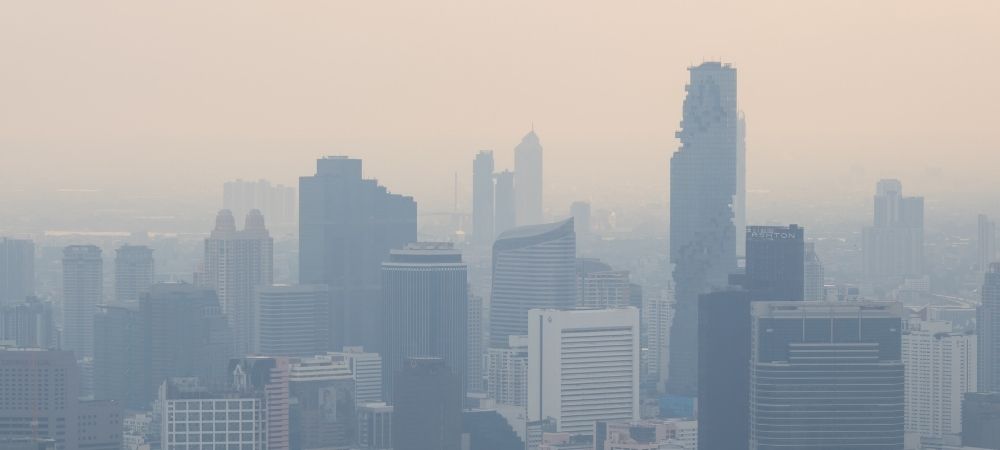A landmark study published in Science (Zhang et al., 2025) has uncovered compelling evidence that air pollution—specifically fine particulate matter known as PM2.5—not only increases dementia risk in general but plays a direct role in triggering Lewy body dementia (LBD).
LBD is the second most common form of dementia after Alzheimer’s and includes both dementia with Lewy bodies (DLB) and Parkinson’s disease dementia (PDD). It is characterised by the accumulation of misfolded α-synuclein proteins in the brain, leading to progressive cognitive decline, movement problems, and often vivid hallucinations.
Until now, we knew that air pollution was associated with higher dementia rates, but the specific mechanisms linking pollution to different dementia subtypes were unclear. This new research changes that.
What the Study Found
Researchers combined large-scale epidemiology with cutting-edge laboratory work, spanning data from over 56 million older adults in the United States, as well as molecular, cellular, and animal models.
- Population-level risk: Chronic exposure to PM2.5 significantly increased the risk of hospitalisation for α-synuclein–related disorders. The effect was strongest for Lewy body dementias, suggesting a specific vulnerability compared to Parkinson’s without dementia.
- Mechanistic evidence: In mouse studies, PM2.5 exposure caused brain shrinkage, memory deficits, and widespread α-synuclein pathology. These effects did not occur in mice genetically engineered to lack α-synuclein—showing that the protein is central to the damage.
- New toxic protein strain: Perhaps most striking, the team discovered that PM2.5 particles actively transformed α-synuclein into a new strain, dubbed PM-PFF. This strain had all the hallmarks of the α-synuclein found in human LBD: resistant to degradation, prone to spreading, and more toxic than standard fibrils. In animals, it drove cognitive decline—mirroring LBD rather than Parkinson’s disease without dementia.
- Cross-validation with human data: The brain gene-expression changes caused by PM2.5 matched those seen in people with LBD, but not those with Parkinson’s disease without dementia.
Why This Matters
This is the first study to demonstrate a direct environmental-to-molecular pathway linking air pollution with the specific biology of Lewy body dementia. It goes beyond association to show how tiny particles in polluted air can reshape proteins inside our bodies in ways that mimic—and may trigger—the disease.
The implications are profound:
- Public health: Air pollution is not just a cardiovascular or respiratory risk; it is now confirmed as a neurodegenerative risk factor.
- Equity: Communities living near busy roads or in industrial areas may face disproportionately higher dementia risk.
- Therapeutic targets: The newly identified PM-PFF strain could become a focus for developing drugs that block or neutralise its toxic effects.
Taking Action
While large-scale change requires cleaner air policies, there are personal steps that may help reduce risk:
- Monitor local air quality: On high-pollution days, limit outdoor exertion and keep windows closed.
- Air filtration: Indoor HEPA filters can reduce exposure to PM2.5 particles.
- Lifestyle resilience: A nutrient-rich diet, regular exercise, restorative sleep, and targeted functional medicine strategies can strengthen the brain’s ability to cope with environmental stressors.
Looking Ahead
Lewy body dementia is one of the fastest-growing causes of cognitive decline worldwide. This study shines a spotlight on the role of preventable environmental factors in driving its onset. Reducing air pollution exposure could become one of the most powerful tools we have to delay or prevent dementia.
At CogMission, we continue to track and translate research like this into actionable strategies for brain health. Prevention is possible, and knowledge is the first step.

